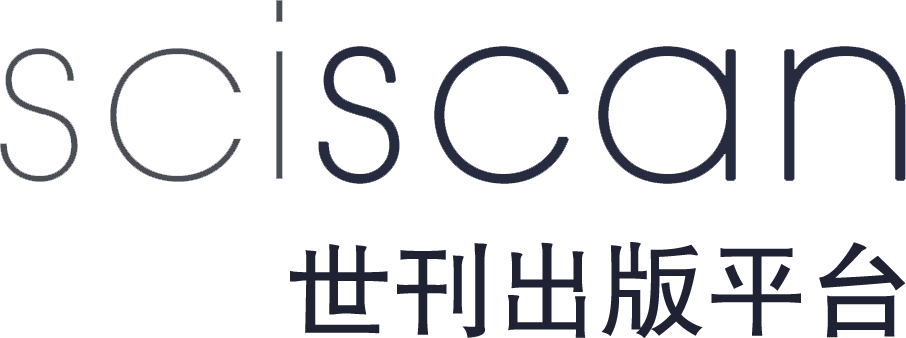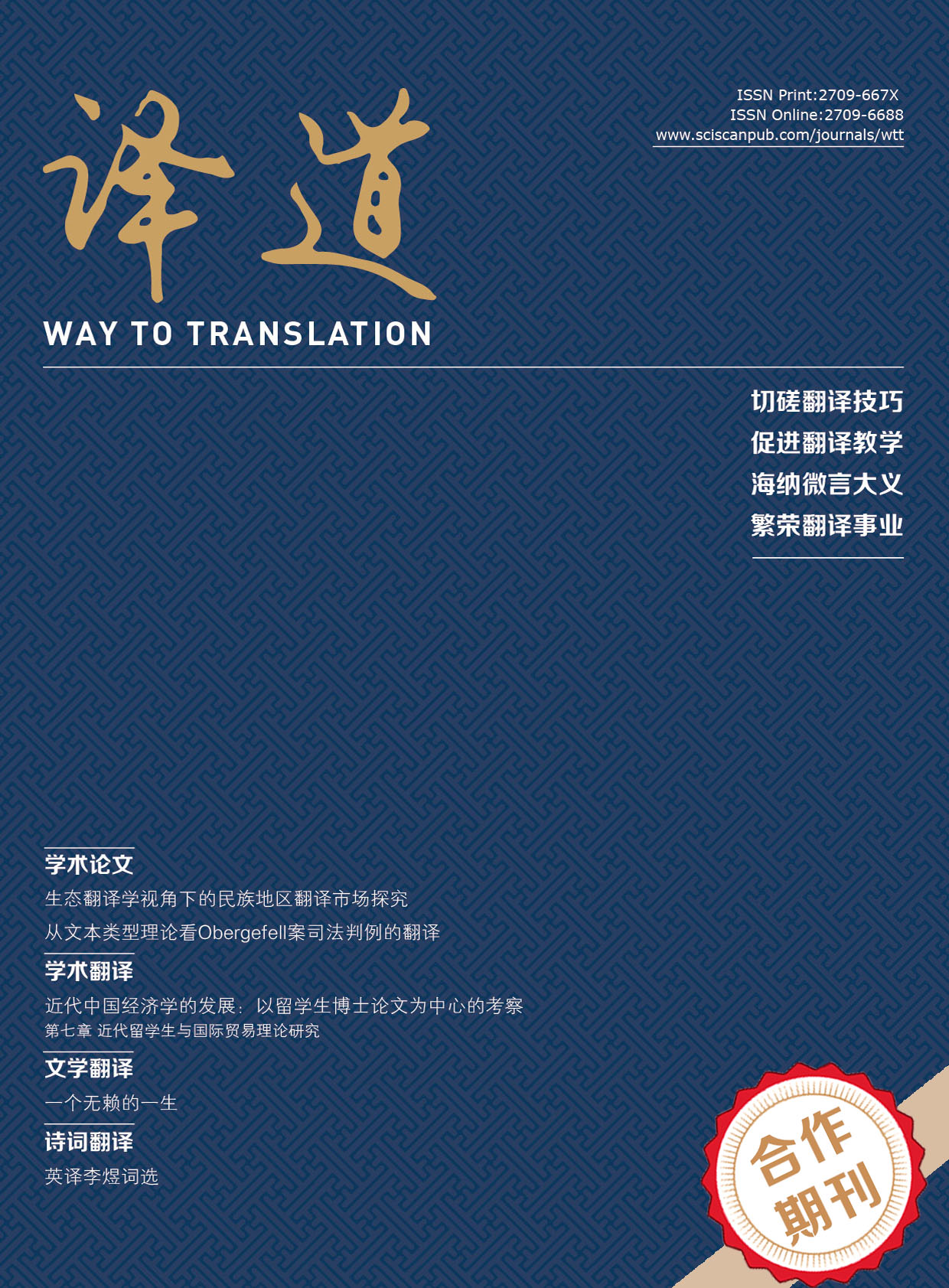免费订阅世刊出版平台最新发表资讯
浅析“Critical Thinking”之翻译 ——“批判性思维”“思辨性思维”与“审辩式思维”
An Analysis of Three Translation Versions of “Critical Thinking”
- 作者: 刘雪婷
-
单位:
吉林外国语大学,长春
- 关键词: 审辩式思维;翻译;严谨性;专业术语
- Critical thinking; Translation visions; Preciseness; Terminology
- 摘要: 现今社会,无论是在工作场合、学术沙龙中,还是在各大讲座、期刊和论文里,亦或是在高校的课堂上。我们无处不在谈培养有思想的人,有思想的学生,有思想的时代新青年。这里谈及的“有思想的”一词可用“批判性思维”这一专业术语暂来解释。使用“批判性思维”就是在某种评判标准下对思维进行评估, 从而改进并完善思维,可以通过思维反思和逆性思维等来实现,在展现思维技能的同时也外显思维倾向。 这种思维方式的起源最早可追溯到苏格拉底,不断加以完善发展,如今“批判性思维”是教育尤其是高等教育的目标之一,其重要性也与日俱增。“批判性思维”仿佛成了当代学者、商者不可或缺的一部分, 但是究其根源“批判性思维”翻译本身是否妥当?本文就其三种翻译方式进行阐述,并就其优劣及影响展开分析。旨在帮助提升专业术语翻译的准确性与严谨性,也有助于促进学者们勇于提出自己的想法与质疑。
- In today’s society, whether in the workplace, academic salon, major lectures, journals and papers, or in the classroom of universities, we are always talking about cultivating thoughtful people, thoughtful students and thoughtful youth of the times. The term “thoughtful” mentioned here can be temporarily explained by the professional term “critical thinking”. The use of “critical thinking” is to evaluate the thinking under a certain evaluation standard, so as to improve and perfect the thinking, which can be realized through thinking reflection and inverse thinking. It not only shows the thinking skills, but also shows the thinking tendency. The origin of this way of thinking can be traced back to Socrates’ continuous development and improvement. Now “critical thinking” is one of the goals of education, especially higher education, whose importance is increasing day by day. It seems that “critical thinking” has become an indispensable part of contemporary scholars and businessmen, but is the translation of “critical thinking” itself inappropriate? This paper expounds its three translation versions, and analyzes their advantages, disadvantages and influences. The purpose is to help improve the accuracy and preciseness of professional terminology translation, and also to encourage scholars to put forward their own ideas and questions bravely.
- DOI: https://doi.org/10.35534/wtt.0201001
- 引用: 刘雪婷.浅析“Critical Thinking”之翻译 ——“批判性思维”“思辨性思维”与“审辩式思维”[J].译道,2022,2(1):1-6.














